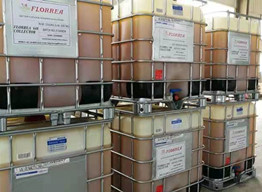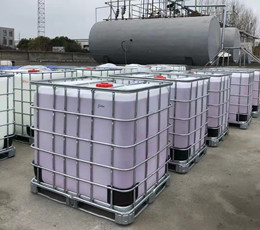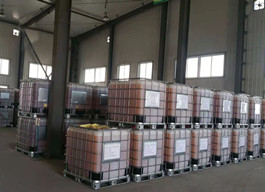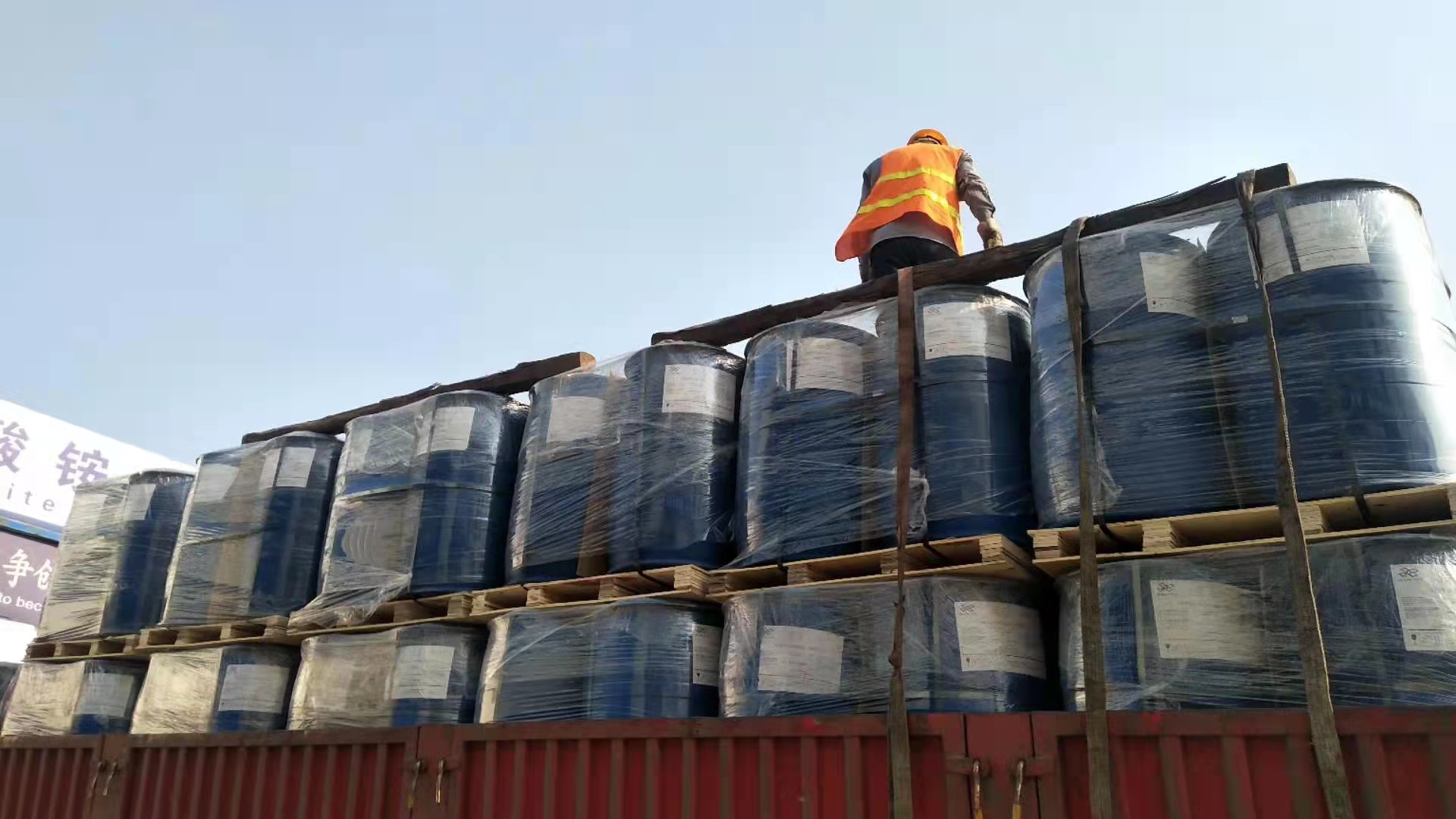
MaxCopperZincⓇ collectors
Florrea MaxCopperZincⓇ Solution provides an exceptional mining technology and flotation reagents scheme for copper and zinc separations,one of the most difficulty challenging complex sulfide ore beneficiation in plant.
Improving base metal separation efficiency in Cu/Zn ore
Florrea MaxCopperZincⓇ Solution provides an exceptional mining technology and flotation reagents scheme for copper and zinc separations ,one of the most difficulty challenging complex sulfide ore beneficiation in plant .
| Main Minerals | Ores | Minerals Values |
|
Copper sulfides :Chalcopyrite Secondary copper sulfides : bornite, covellite and digenite Sphalerite Silver, Gold & electrum Tetrahedrite/Tennantite Gold & Silver associated with sulfides Minor Galena |
Copper Zinc ores | Cu/Zn /Au/Ag |
Benefits of Florrea MaxCopperZincⓇ Solution
√ Maximize Cu/Ag recovery and selectivity
√ Copper recovery increased and collector dosage was reduced a lot.
√ Differential flotation of copper sulfides from sphalerite and rejection of pyrite and pyrrhotite.
√ BESTREC collectors induced minor improvements in zinc grades and recoveries.
√ Zinc recovery in the copper concentrate and copper recovery in the zinc concentrate improved
√ The improvements experienced in copper metallurgy alone more than justified the change to BESTREC Collectors
Most common plant practice and conventional flow sheet is sequential selective copper flotation by depressing Zinc minerals followed by CuSO4 activation of zinc and sphalerite flotation by depressing any pyrite in concentrator.
→ Copper circuit
♦ Primary collectors : Florrea MaxCopperZincⓇ reagents
They are especially effective as the primary flotation collector for chalcopyrite, particularly where selectivity is desired against iron and zinc sulfides.
They are exceptional collectors for silver minerals and gold electrum.
♦ Frother: Florrea F110, M41, 541,573, 530X, 533,1202,1203,582
♦ Zinc depressants:ZnSO4,Na2SO3,Na2S2O5,SO2,NaCN,Zn(CN)2,or combination used to depress Zn and iron sulfides.
♦ pH modifiers
⇒ Lime or Soda ash to control pH at 9-10.5.
⇒ Lower pH (6-8) used in some plants( especially when SO2 is used in Cu circuit to depress Zinc and iron sulfides)
→ Zinc circuit
√ Activation of Zinc minerals : copper sulfate through depressing any pyrite .
√ zinc flotation in the concentrator.
² Sphalerite collector: Florrea MaxZinc as xanthate replacement
² Pulp pH: natural or mildly alkaline
In most of the copper–zinc deposits, the valuable minerals are chalcopyrite and sphalerite.
In some deposits, bornite, covellite and other porphyry copper minerals are present.
The presence of secondary copper minerals in the copper–zinc ores represent a significant problem, specifically related to selectivity between copper and zinc minerals.
Sphalerite is the most important mineral which appears in many lead–zinc and copper– lead–zinc ores.
There are several varieties of sphalerite including: marmatite – black variety with high iron, clesofen – colorless and preshibamit – high cadmium sphalerite.
The composition of sphalerite is highly variable and depends on the impurities contained in sphalerite. These impurities are either replacements of zinc in the crystal structure of sphalerite or the formation of emulsions in the mineral itself, as micron inclusions or ‘disease’ in sphalerite.
The most common impurities in sphalerite are iron, cadmium, copper, indium, gallium, tin and other elements. Iron content of sphalerite can vary from 1 to 25%, cadmium can be as high as 1.5%. The copper can vary from traces to 20%.
These impurities in the sphalerite are critical for determining reagent schemes suitable for the treatment of copper–zinc ore.
Copper–zinc ores also contain gold in the form of electrum or copper–aurid and silver, mostly as sulfosalts, and to a lesser degree, argentite.
In the flotation of copper–zinc massive sulfide ores, the flotation properties of copper and zinc are determined by the nature and composition of the ore.
Selectivity between chalcopyrite and sphalerite, in principle, is determined by the type of copper minerals present in the ore.
The simplest separation was achieved when only chalcopyrite is present in the ore.
The presence of secondary copper minerals (i.e. bornite, covellite and digenite)
represents a significant problem in the separation of copper from sphalerite.
This is because the secondary copper minerals are soluble and during grinding, or in situ, they release copper ions, which activate sphalerite.
It is quite common that copper–zinc ores that contain secondary copper minerals have a covellite layer on the sphalerite surface.
The separation of copper sulfides from sphalerite or marmatite, particularly in the presence of iron sulfides, requires careful selection of collectors, pH regulators and depressants.
Florrea flotation reagents have been found to give good separations on many copper-zinc ores.
Florrea Product line includes flotation collectors, frothers, pH modifiers, depressants, activators ,dispersants, flocculants ,coagulants ,defoamers, and anti-caking coatings developed specifically for the copper zinc separation process.
Florrea custom formulates process chemicals for specific copper zinc ores to maximize grade and recovery.
To minimize activation of the zinc minerals by any dissolved salts in the grinding circuit, alkalinity is maintained at pH 8 to 10 by the addition of lime and/or soda ash.
If the flotation feed contains liberated precious metal values, soda ash is preferred as the principal alkalinity regulator.
To further aid selectivity against iron and zinc sulfides in the copper flotation step, sodium sulfite or bi-sulfite, or zinc sulfate and cyanide, are added to the grinding circuit or the conditioner ahead of copper flotation.
Sulfur dioxide may also be used, added to the conditioner ahead of copper flotation.
If the talc levels are sufficiently high and negatively impact metallurgy, talc depressants can be used in both the copper and zinc flotation circuits.
These depressants include carboxymethyl, cellulose, dextrin, guar gum, and starch. Talc flotation interference can also be managed with proper frother selection.
Florrea technical experts provide process consultation and flowsheet design / improvement to optimize your process performance and product quality.
Let us help you maximize your copper zinc deposit potential.

Better mining reagents and solutions.innovative flotation reagents.
Creating Value for Environment, Society & Business
Related News
Tailings Management
Florrea partners with mineral processing companies to engineer tailings dewatering solutions that recover as much water as possible, giving you a more sustainable tailings disposal process while extending the life of your tailings storage facility and try to increase as much as possible the amount of a traditional tailings disposal solution – which ultimately helps to defer the heavy cost of building a new facility.
Zim container ship burns off coast of Canada
Zim container ship burns off coast of Canada
Florrea Dispersants
Florrea Dispersants




